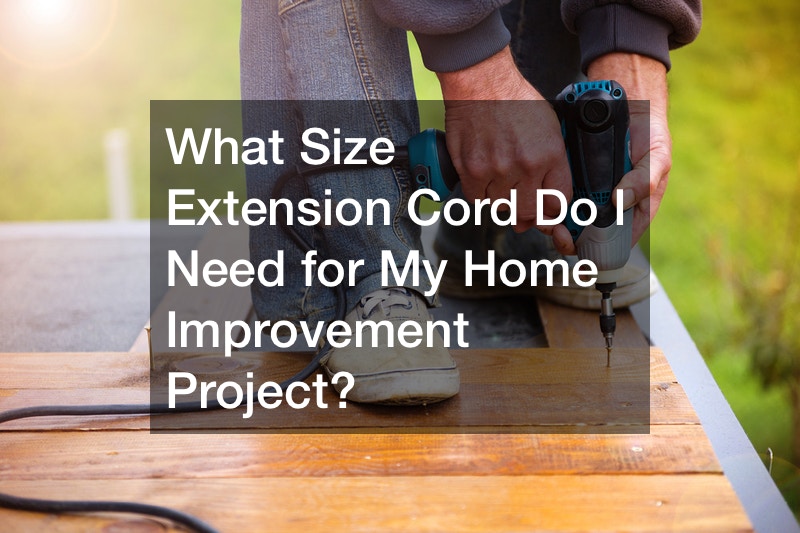
This video will give tips for understanding home indoor air quality. The rate of air circulation is hugely vital for the overall health of those who live in your home. Your home should have a minimum of 10 air changes every hour to maintain healthy indoor air quality.
Examining your construction materials is a fantastic tip for understanding indoor air quality. Most traditional buildings were made from ventilator-friendly materials like natural wood, wool, and cotton. You are more likely to have hindered air circulation in your home if it was constructed with newer building materials like spray foam and composite wood.
Installing air monitors is a great way to gauge your indoor air quality. Air monitors are small gadgets that measure carbon dioxide, humidity, temperature, volatile organic compounds (VOCs), and particle levels in your indoor air. Different air monitors identify diverse contaminating agents.
You can pair your air monitors to an efficient ventilation system remotely. Once your air monitors find your indoor air to be contaminated, they will prompt your ventilation system to release the contaminated air and replace it with fresh air without compromising on the heat levels of your home.





